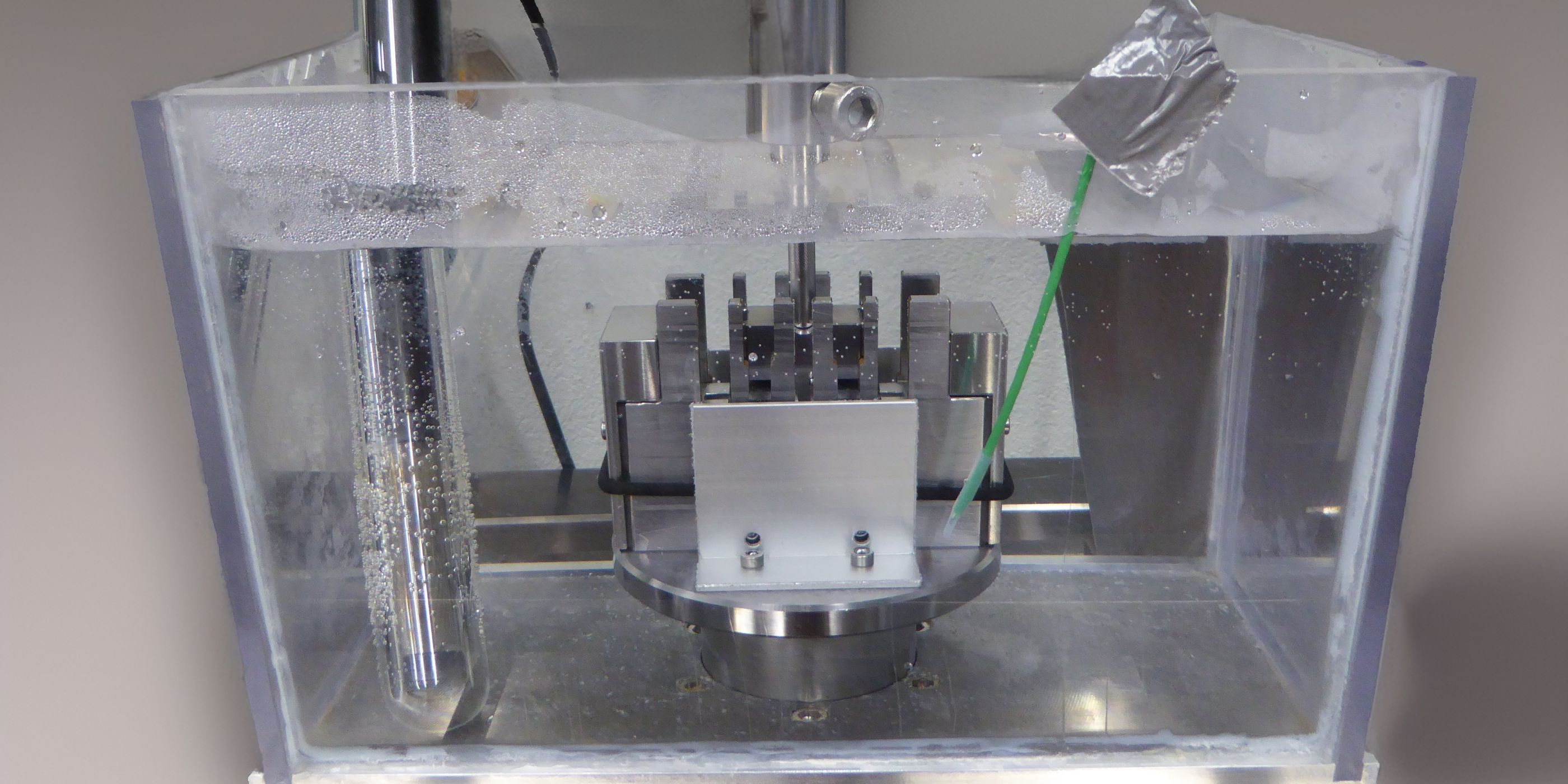RMS Foundation
Robert Mathys-Strasse 1
2544 Bettlach
Switzerland
Phone +41 32 644 2000
ICP-MS is a very sensitive method with a wide range of applications in inorganic elemental analysis. In a plasma, the previously dissolved sample is ionized at extremely high temperatures so that atoms and ions are formed. These ions are then separated and quantified in a mass spectrometer according to their mass-to-charge ratio. ICP-MS is characterized by very high sensitivity and accuracy and can detect extremely low concentrations of metals and other elements in liquids or solids. It enables the simultaneous quantification of most elements of the periodic table in the ultra-trace range. This means that concentrations in the ppb (parts per billion; ng/mL) or even sub-ppb range can be quantified.
Whenever possible, we carry out our testing services in accordance with or based on these international standards:
We use inductively coupled plasma mass spectrometry (ICP-MS) for the following material tests, among others:
(smaller quantities may be possible)

Since 1995, the services of our materials testing laboratory have been accredited according to ISO/IEC 17025. Our QM system is ISO 9001 certified.
Here you will find our latest blog posts.

RMS Foundation
Robert Mathys-Strasse 1
2544 Bettlach
Switzerland
Phone +41 32 644 2000
E-Mail
Subscribe to our Info-letter, and we will inform you about 10 times a year about current developments in the fields of material testing, research, and knowledge transfer.